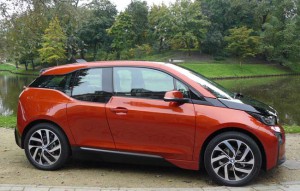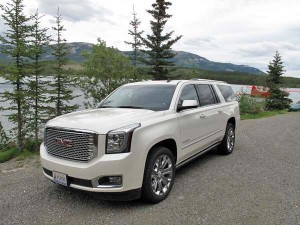Avoid buying a flood-damaged car by taking these important steps
When floods such as the one that recently submerged parts of Louisiana occur, they leave damage that lingers long after the waters abate. Lives are lost, homes are ravaged, and neighborhoods are forever changed. Even after the repairs are made, scars of the disaster remain, though they may not be immediately visible to the naked eye.
This kind of profound yet obscure damage is especially prevalent in the vehicles affected by these floods. According to information published by Automotive News, as many as half of all vehicles damaged in floods return to the market. These vehicles may seem as capable as any other car at first glance, but looks can be incredibly deceiving.
Long-lasting problems
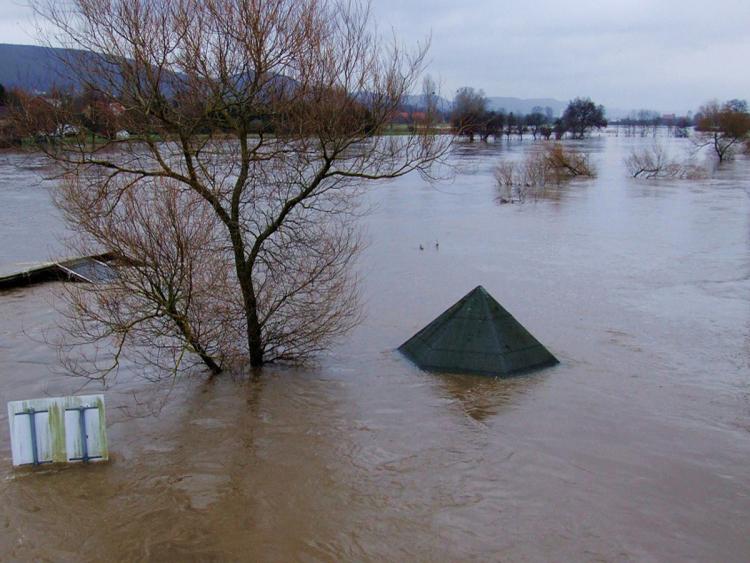
The damage suffered by a vehicle during a flood will often depend on how deeply it was submerged.
(Pixabay)
Depending on how deeply the vehicle was submerged, flood damage can leave a car with a host of issues and complaints that will linger for years to come.
GET MORE TIPS IN OUR COMPLETE CAR BUYING GUIDE HERE.
Water can irreversibly harm a car’s electronics, and since modern cars rely heavily on their computers, this damage can lead to everything from brake problems to steering issues. Flood submersion can also ruin a car’s interior in ways that may not be immediately obvious. A car that’s been caught in a flood can also develop rust and corrosion, and if the vehicle was flooded with salt water, the corrosion will be even swifter and more destructive.
Salvage titles and title washing
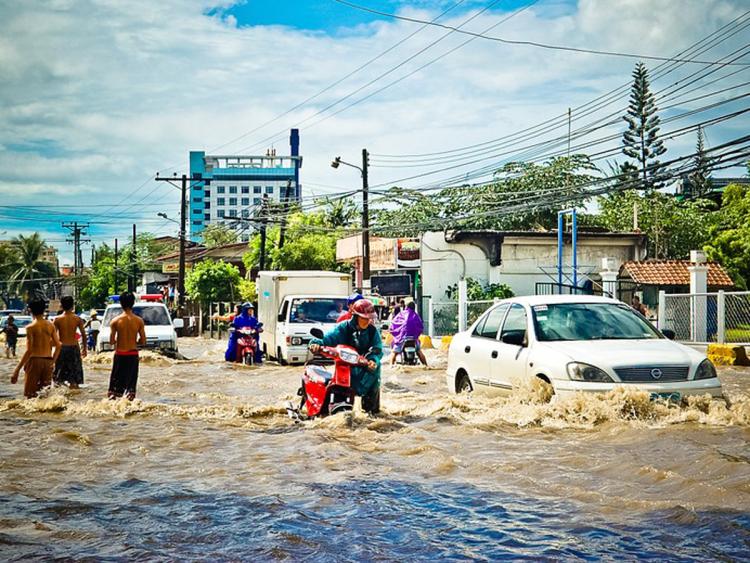
Certain parts of the country are more subject to floods than others. Flood-damaged vehicles from these areas are often sold in other parts of the country through a process known as title washing.
(Pixabay)
If you’re purchasing a used car, one way to avoid flood-damaged vehicles is to simply check the title. A car that has been severely damaged in a flood will likely carry a salvage title. Some salvage cars can provide good value, but all flood-damaged cars should be avoided if you place any importance on a vehicle’s reliability. If you’re purchasing a car with a salvage title, ask questions to ensure it didn’t get this title as a result of flood damage.
Still, not all flood-damaged vehicles bear salvage titles, due to a practice known as title washing. Title washing occurs when steps are taken to erase evidence of damaging events in a car’s past, and it frequently happens with vehicles maimed by floods. Different states have different laws when it comes to reporting flood damage, and if someone wanted to change a car’s status, they could do so by moving to a state with laws that are less stringent in this area.
For example, some states require all vehicles that have been submerged in water to reflect this on their titles, while others call for flood damage to be reported only if an insurance company has paid a total-loss flood claim. There are even states in which flood damage isn’t legally required to be disclosed on a vehicle’s title.
Title washing is driven by a desire to maximize profit. It allows vehicle owners to sell flood-damaged cars at higher prices, and this is why the practice is so pervasive.
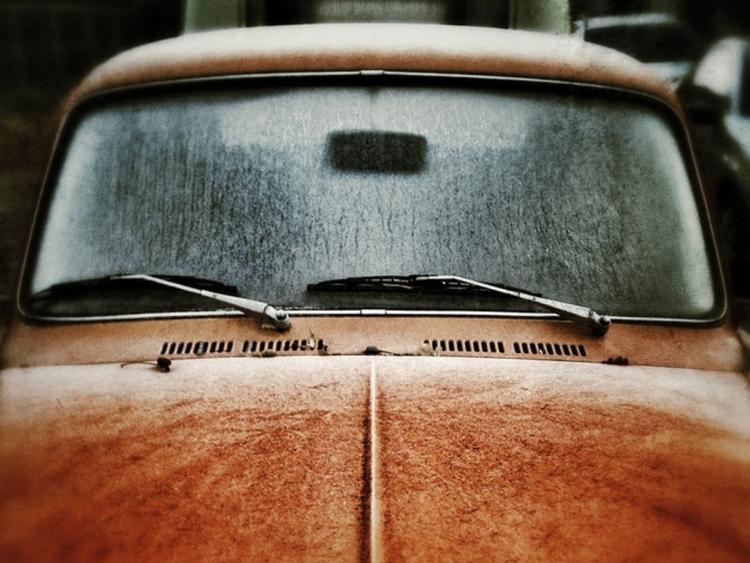
Identifying a flood-damaged vehicle takes some effort, but if you put the work in, it will help you avoid purchasing a vehicle that’s more likely to develop rust and corrosion.
(Pexels)
A nationwide issue
Certain regions, such as parts of Louisiana, are more prone to flooding than others, and it may seem like a good way to avoid flood-damaged cars is to simply not purchase used vehicles in these sections of the country.
However, given that title washing results in flood-damaged cars being sold in states far removed from the one in which the damage occurred, this kind of geographic selectiveness is by no means a safe way to ensure the vehicle you are purchasing has never been submerged in a flood.
Tips for identifying flood-damaged vehicles
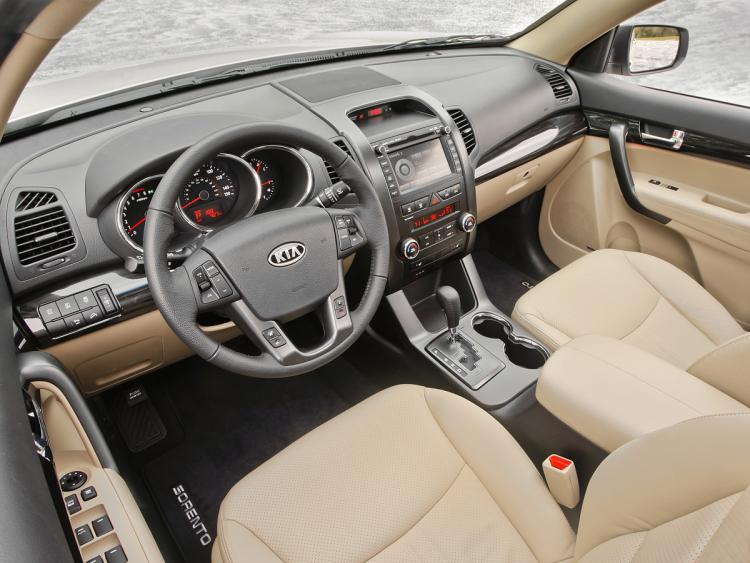
Flood damage is not always immediately obvious. Conduct a thorough inspection to ensure a used car hasn’t been compromised by flood waters.
(Kia)
To purchase a vehicle untarnished by floods, you’ll have to do the work necessary to spot the earmarks indicating this damage. Keep in mind that if the party who is selling the vehicle wants to hide flood damage, refurbishment can go a long way toward concealing this dark chapter in the car’s past. You will need to be vigilant if you want to view the true picture.
Here are some steps you can take to avoid being stuck with a used car that has been previously wrecked by a flood:
Get help from the National Insurance Crime Bureau.If you’re considering a used car for purchase, run its vehicle identification number (VIN) through the database compiled by the National Insurance Crime Bureau(NICB). The NICB’s membership includes more than 1,100 property and casualty insurance companies, auto auctions, vehicle rental companies, and vehicle finance companies. If a car has ever been declared a total loss from flooding to any of this organization’s member insurance companies, it will be flagged so it can be easily identified by those who take the time to run a search via the NICB’s website. This makes the NICB an invaluable resource in getting the scoop on flood-damaged vehicles, and its services are provided free of charge.
Obtain a vehicle history report.If the car gets a clean bill of health from the NICB, it’s a good idea to follow up with additional research. A vehicle history report is an excellent resource. These reports bear information pooled from police departments, insurance companies, and other sources, and they offer insight into all the damaging events in a car’s past, including flood impairment. These reports are available for a small fee, and Carfax and AutoCheck are two of the most dependable names in this field. If your’e purchasing your used car from a dealer, you may be able to get the dealership to provide you with a vehicle history report at no cost.
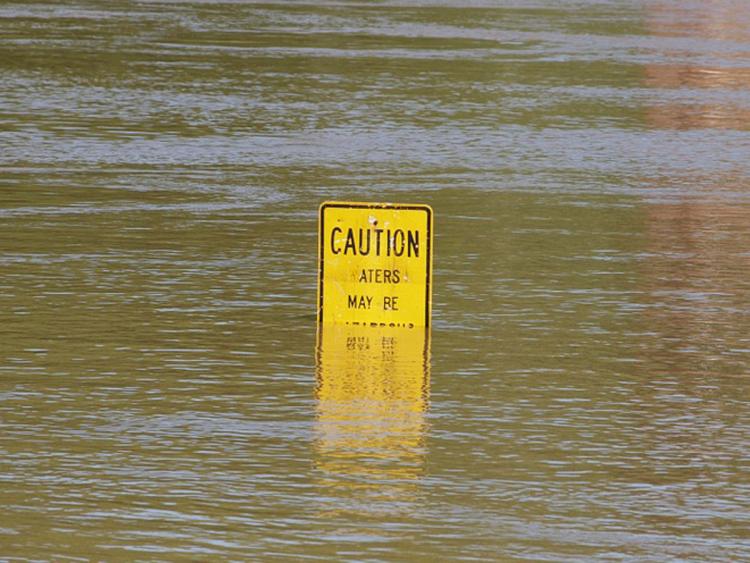
By exercising caution and diligence, you can avoid purchasing a flood-damaged vehicle.
(Pixabay)
Conduct an inspection. Vehicles with hidden flood damage are often carefully cleaned and revamped to hide all evidence of their time spent in high waters, but it’s possible to see beyond the deception if you know what to look for.
- Dried mud and mildew are telltale signs indicating a vehicle has been submerged, and you should check the engine compartment and floorboard carpet to see if these markers are evident.
- Look for dried mud and mold all throughout the cabin, paying special attention to the dashboard and upholstery, and inspect the trunk for these issues as well.
- Take a whiff to find out if the vehicle has a moldy odor, as this is often indicative of the mildew that develops after submersion.
- Look for rust under the carpeting, within the electrical wiring system, and in all corners and crevices of the undercarriage.
- Since water damage can compromise the performance of certain amenities, test all features, from the power windows to the radio, to make sure they work as advertised.
- Check to see if the speakers in the door work, since flood damage often causes these to fail.
- Take the vehicle for a test drive, and keep an eye out for any issues with its performance.
Arrange for a mechanic to take a look at the vehicle. Even if you’re unable to spot obvious signs of flood damage, it’s a good idea to get input from a professional. A competent mechanic should be able to tell very quickly if a vehicle has been damaged by flood. Make sure the mechanic’s inspection isn’t just limited to what’s under the car’s hood. The undercarriage should also be thoroughly inspected, as this is the area often bearing the most obvious effects of flood damage.
Take the wheel
It’s possible to avoid buying a water-damage vehicle, but it calls for insight and a certain measure of diligence.
Now that you know what to look for and which steps to take, you’ll be able to navigate a path toward a successful used-car purchase that steers clear of vehicles compromised by floods.













